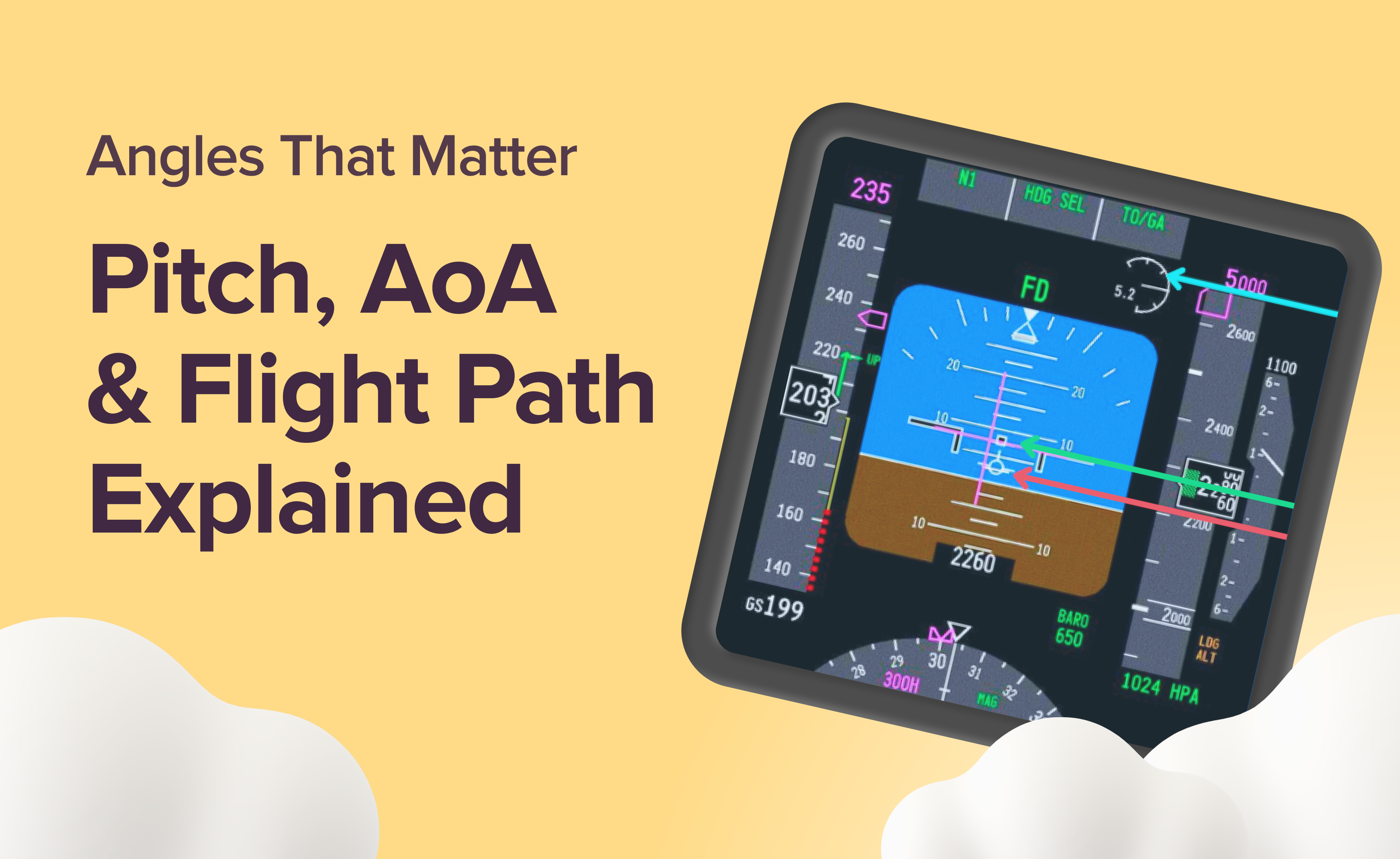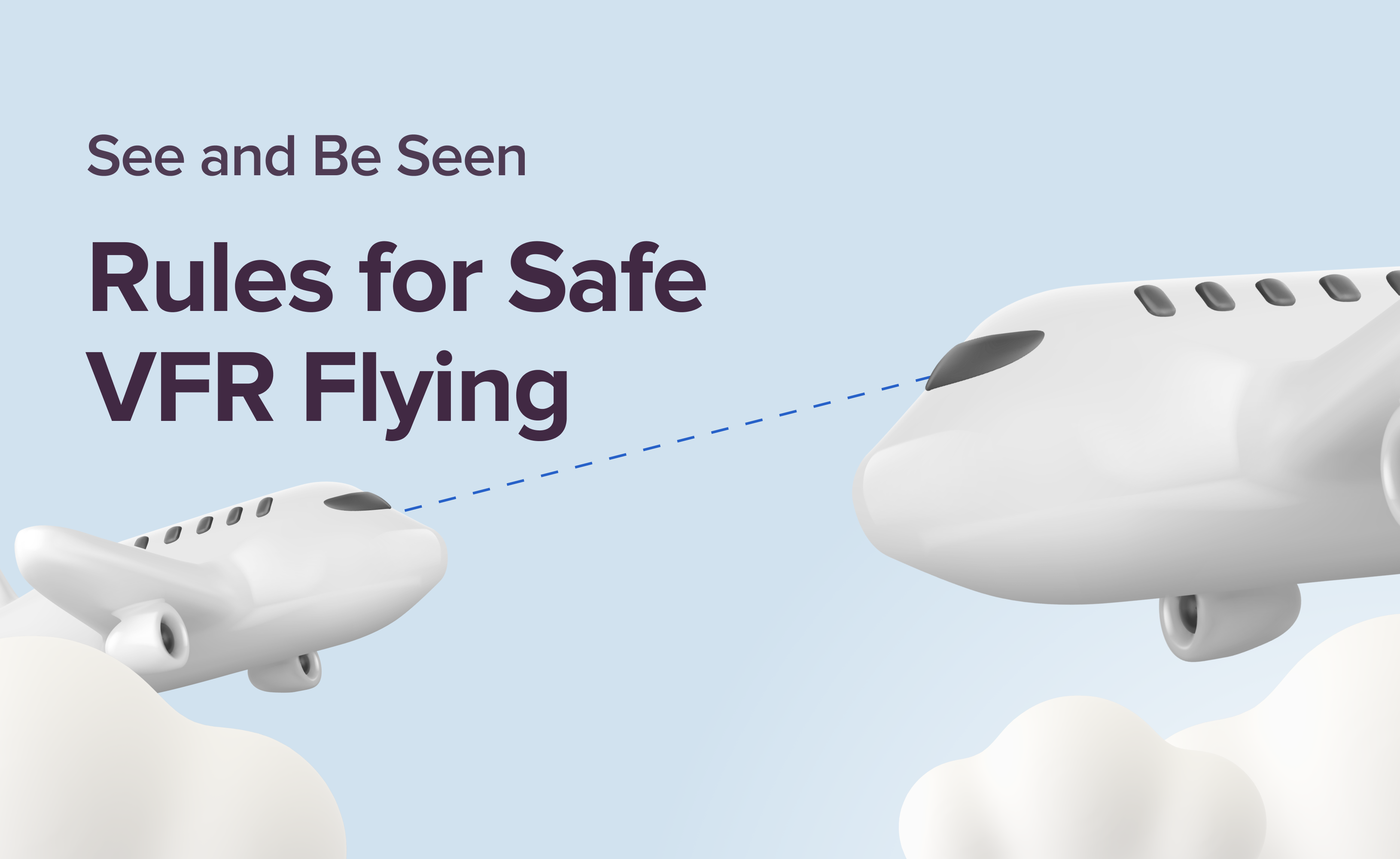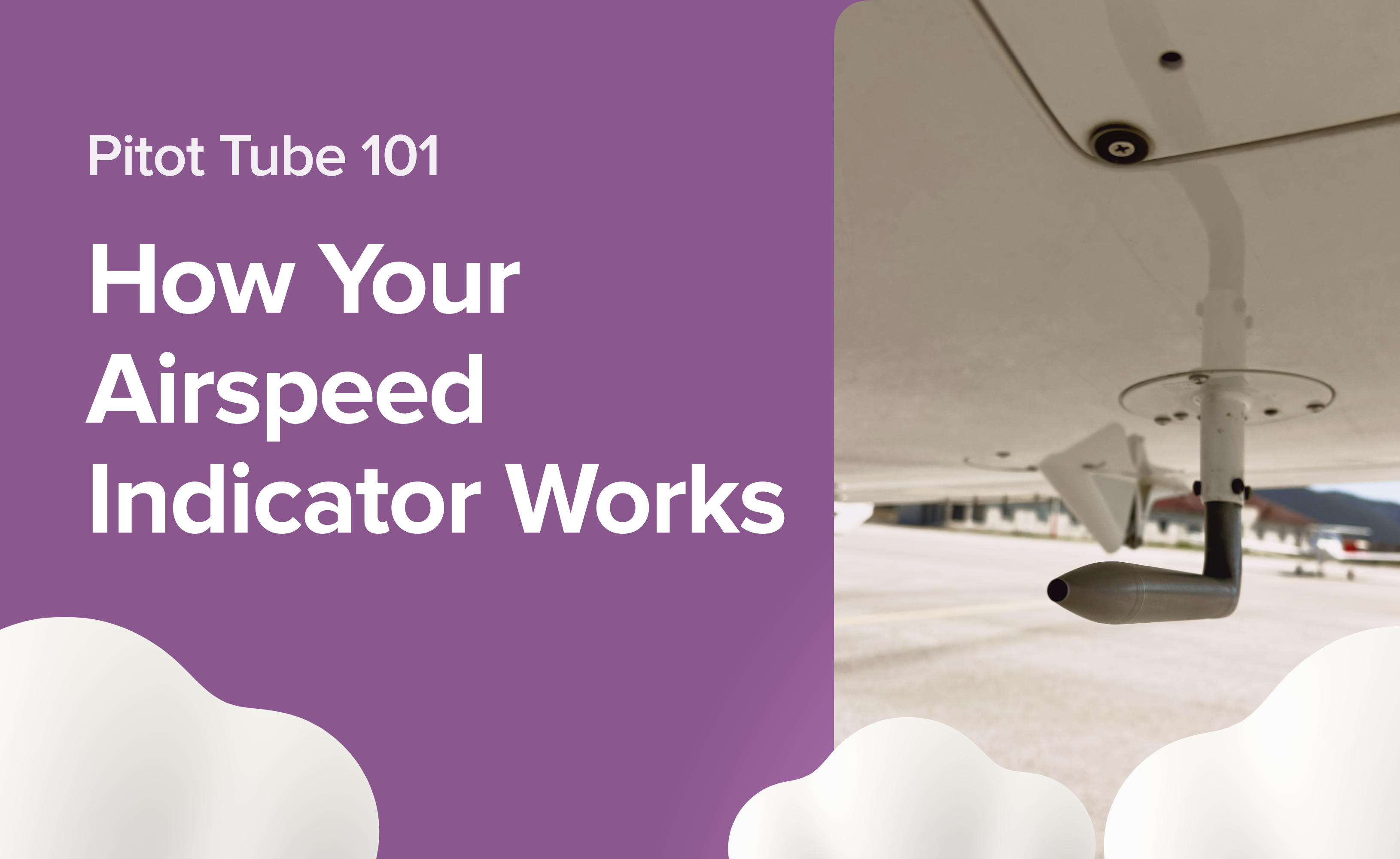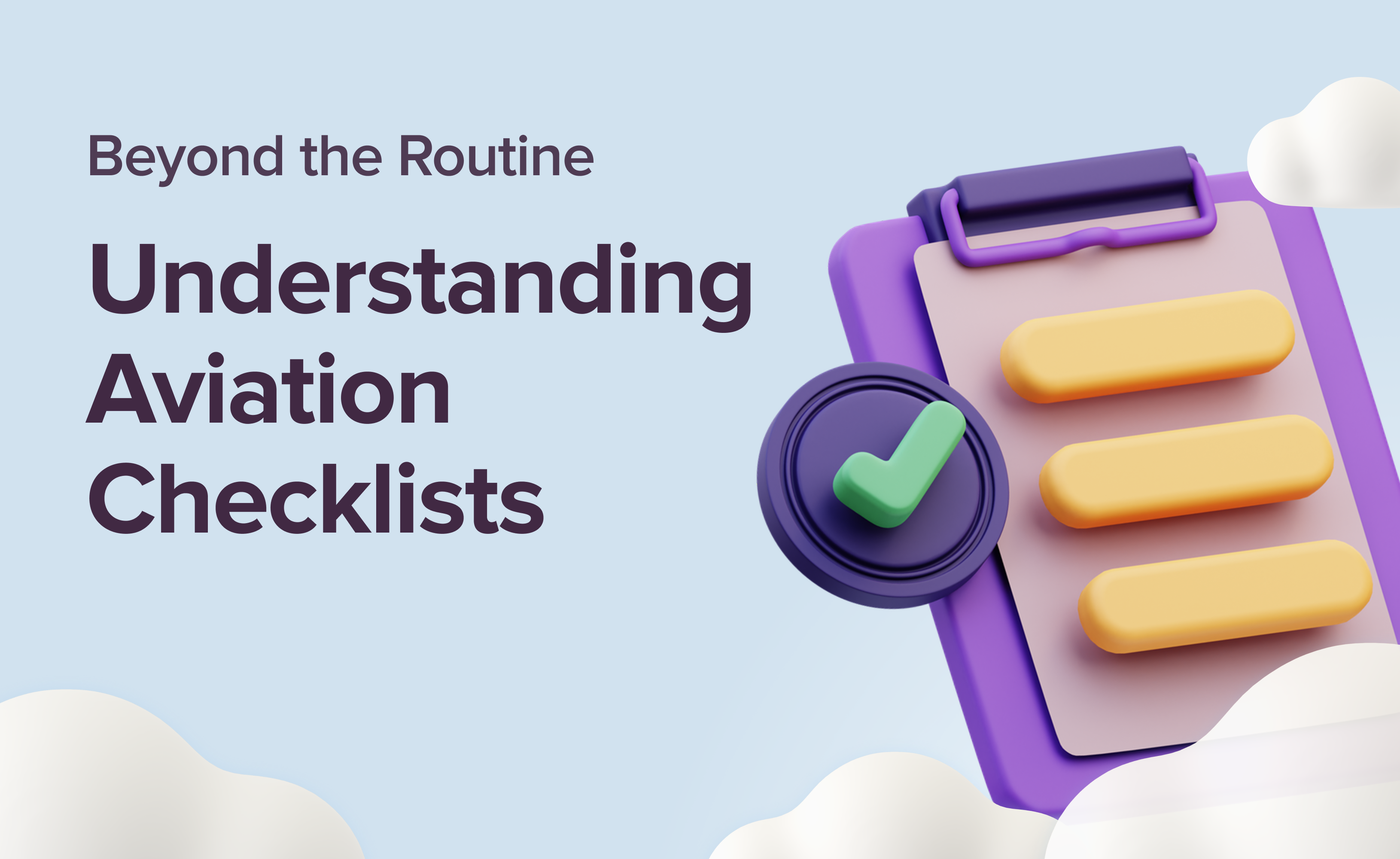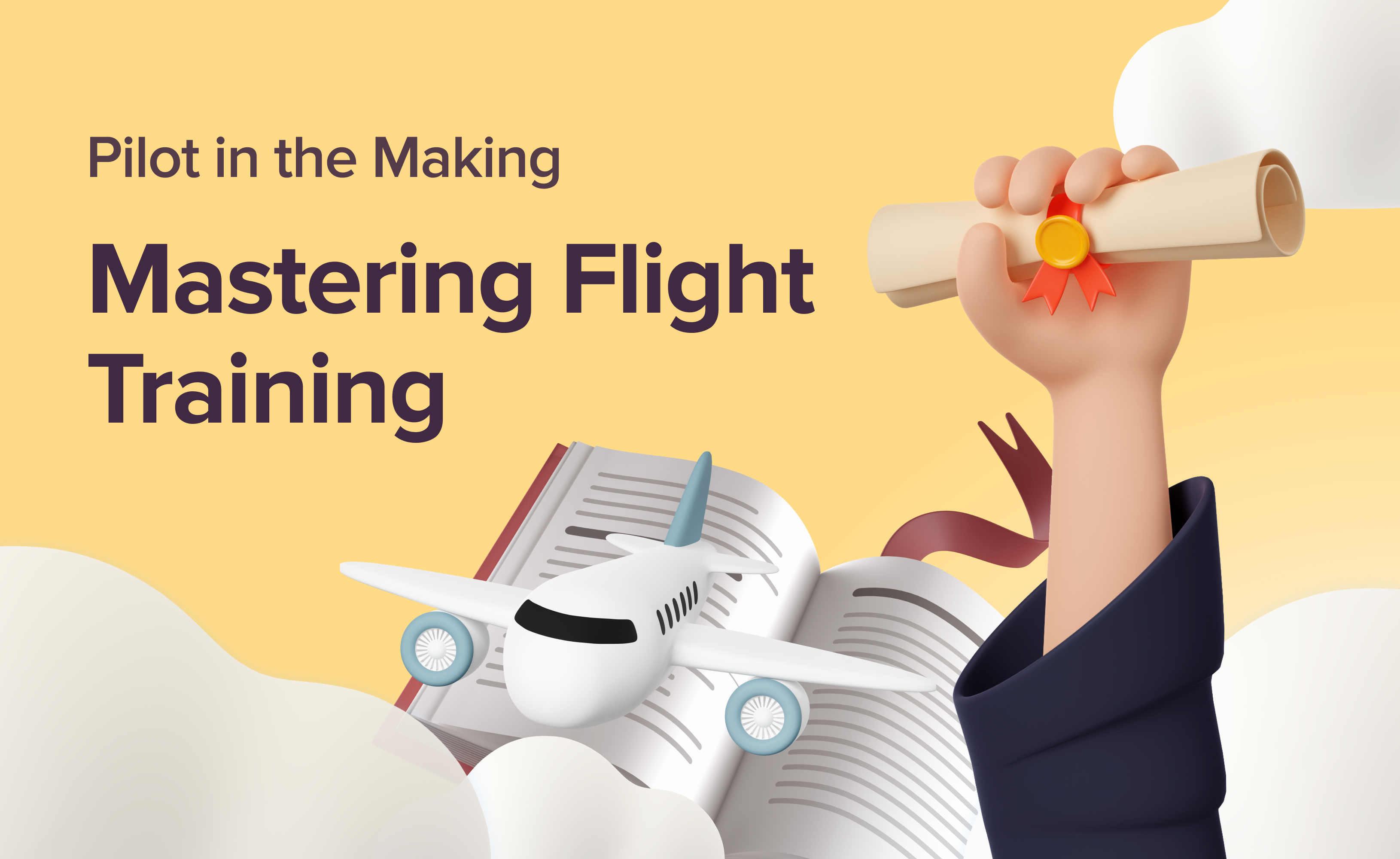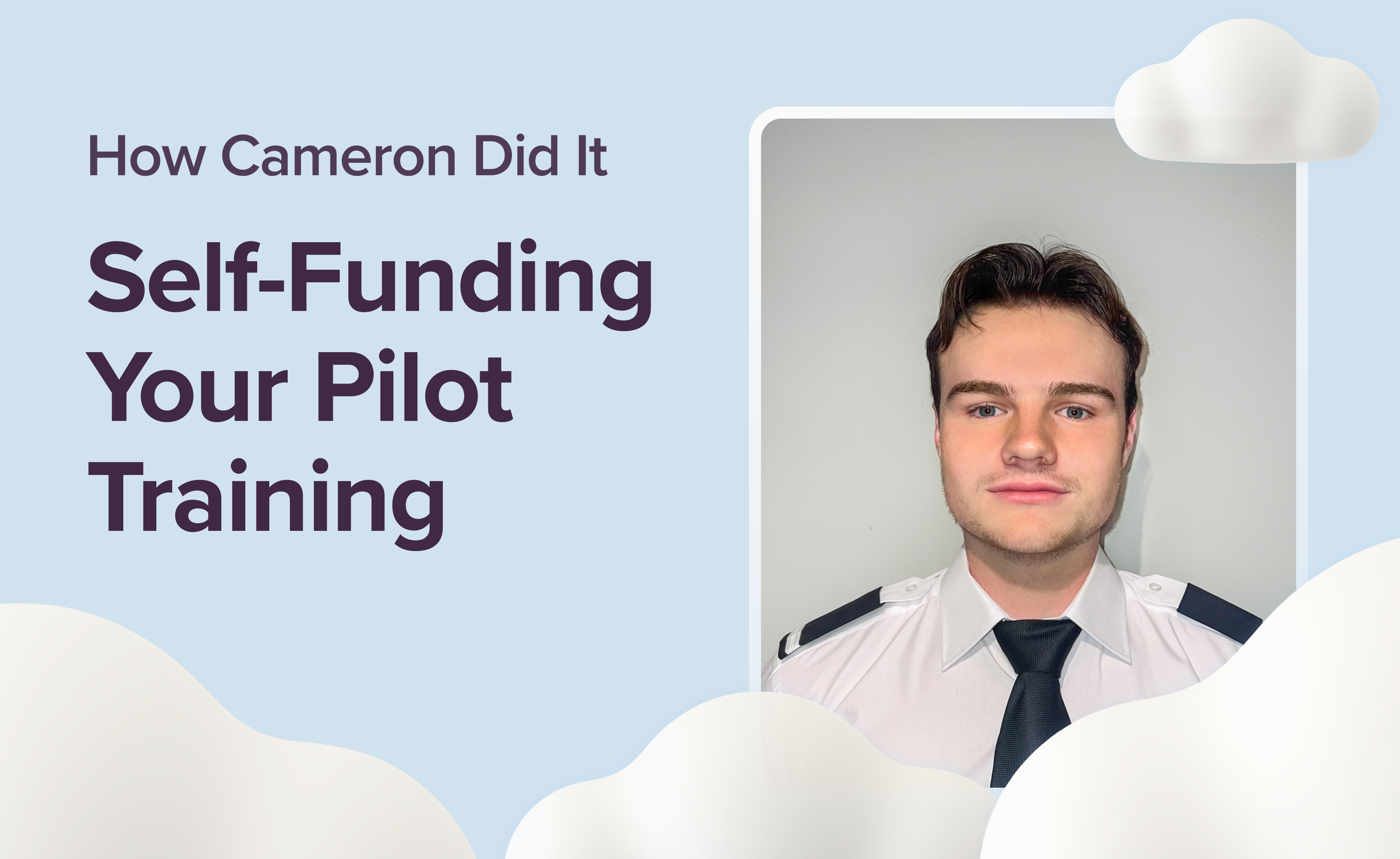Pilot Know-How: 15 Questions to Test Your Knowledge

Aviation is full of checklists, charts, and clever acronyms, but even experienced pilots sometimes get tripped up by the basics. That’s because “basic” doesn’t always mean “easy.” From airspace rules to everyday aircraft operations, some concepts are so foundational they’re easy to overlook. So we’ve put together a quick collection of 15 practical questions and answers that every student pilot should know cold. Whether you’re prepping for a checkride or just brushing up for your next flight, these are the kinds of things can make you a better, safer pilot. Let's get going!
1. What Happens When the Centre of Gravity Moves Aft or Forward?

The centre of gravity (CG) affects your aircraft’s pitch stability — how well it balances around its lateral axis. When the CG moves aft (toward the tail), the aircraft becomes less stable in pitch. If it moves too far back, you can enter neutral or even divergent stability, meaning the nose won’t return to level flight on its own—or worse, it might pitch further out of control. This makes recovery difficult, especially by hand.
Aft CG = more responsive controls and slightly better cruise speed, but also twitchier handling and higher stall risk.
On the flip side, moving the CG forward increases pitch stability. The plane feels more “solid,” but it may also feel sluggish on the controls and require more elevator input, especially during landing flare.
The CG limits in your Pilot Operating Handbook (POH) are there for a reason: staying inside that envelope keeps you away from both extremes.
On small aeroplanes and helicopters, the CG location is identified as being a specific number of inches or millimetres from the datum and the CG range is identified the same way. On larger aeroplanes, the centre of gravity and its range are typically determined by the width of the wing (usually mean aerodynamic chord is used).
Gain a deeper understanding of how aeroplanes turn, pitch, and roll. Learn about the 3 Axes of Rotation in our latest blog.
2. What Happens If Your Static Port Gets Blocked?

Several flight instruments rely on static pressure to function — specifically, the altimeter, airspeed indicator (ASI), and vertical speed indicator (VSI). If your static port gets blocked, these instruments will either freeze or display incorrect readings.
If your aircraft doesn’t have an alternate static source (some do, often controlled by a switch in the cockpit), there’s an old-school emergency trick: break the glass on the VSI. Why? It’s the least critical of the three, and smashing it lets cabin air pressure into the system, effectively turning the cockpit into a backup static source.
Heads up: your instruments will work again, but they’ll be less accurate, since cabin pressure differs from true ambient pressure, especially during climbs or descents.
Want to know the science behind your airspeed readings? Read our latest blog: Pitot Tube 101: How Your Airspeed Indicator Works.
3. What Colour Are the Wingtip Lights, and Why Does It Matter?
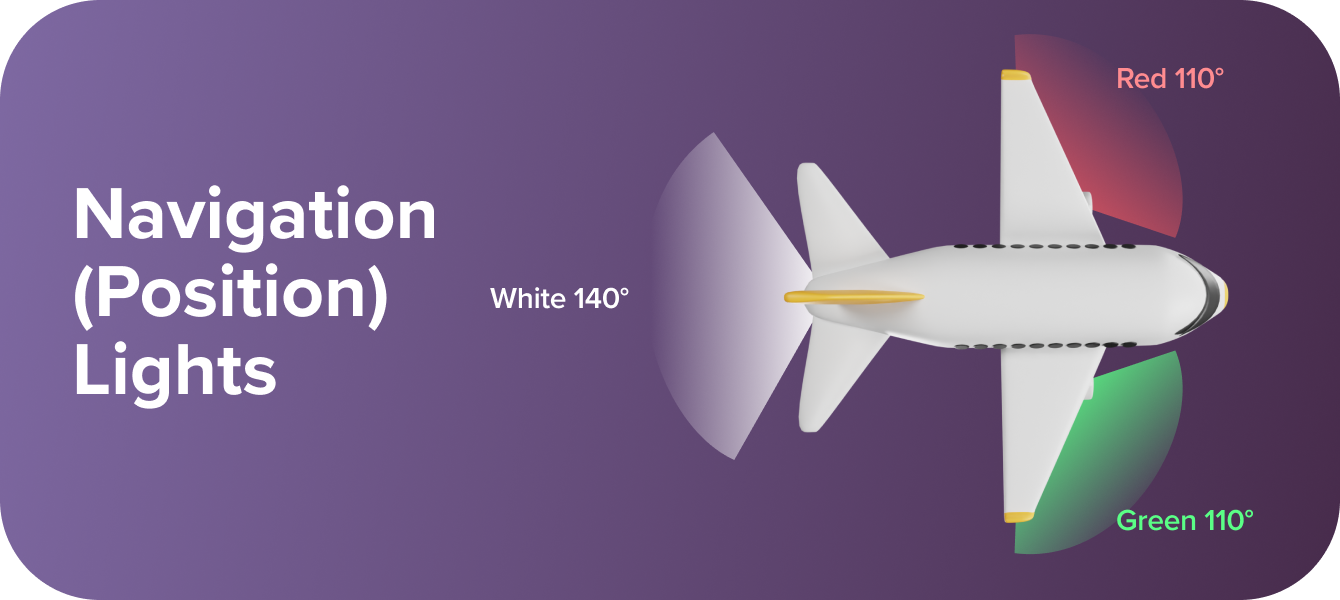
Every aircraft has navigation lights to help determine its direction at night, especially in traffic patterns, on final approach, or during night VFR:
Left wing: Red
Right wing: Green
Tail: White
Here’s a quick way to remember: “Red on Right = Wrong = Heading Toward You.” So, if you see a plane ahead of you and the red light is on the right, it means the aircraft is coming toward you, not away.
Decode aeroplane lights: Red, Green, White, and More! Discover how they keep flights safe and efficient in our latest blog.
4. How Does Aircraft Weight Affect Take-off Roll?
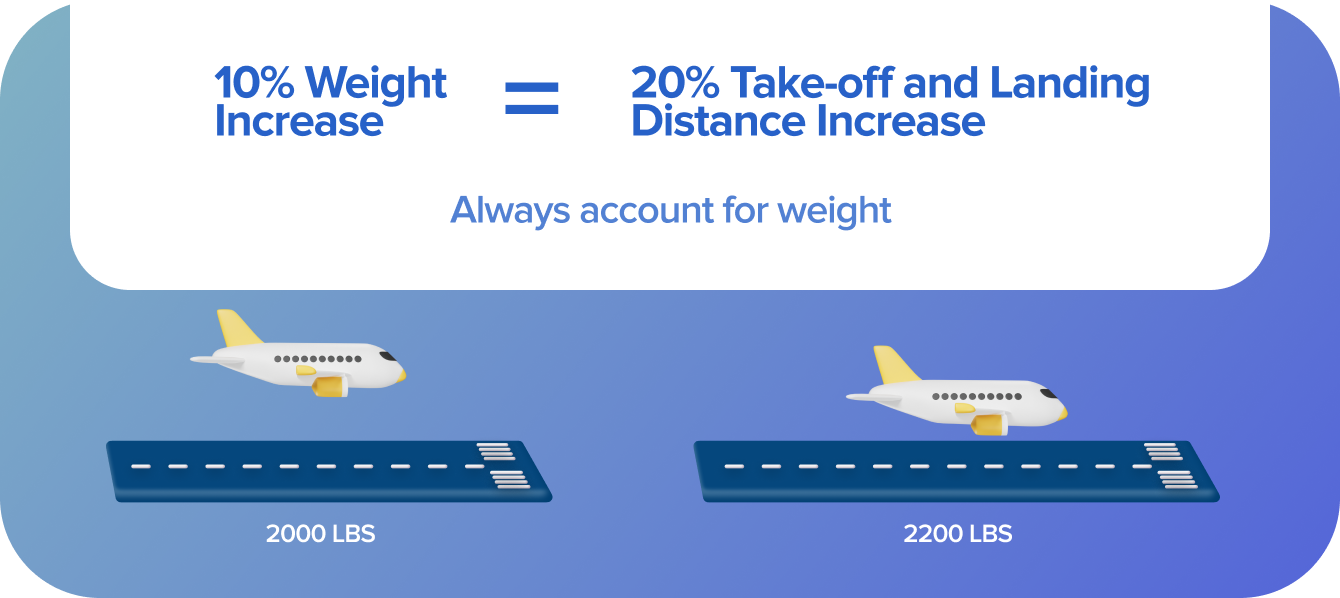
Here’s a simple but powerful rule of thumb: A 10% increase in aircraft weight results in a 20% increase in take-off roll.
This comes straight from old-school Cessna POHs and still holds up. More weight = more runway needed. The aircraft requires greater lift, which means a higher take-off speed, which requires a longer roll.
Heavy loading also means reduced climb performance, so always double-check your weight and balance, especially on short runways or high-density altitude days.
Simplify your flying maths. Discover 8 Easy Rules of Thumb in our blog for more intuitive and efficient flight. Start flying smarter today.
5. Why Do High Temperatures Reduce Aircraft Performance?
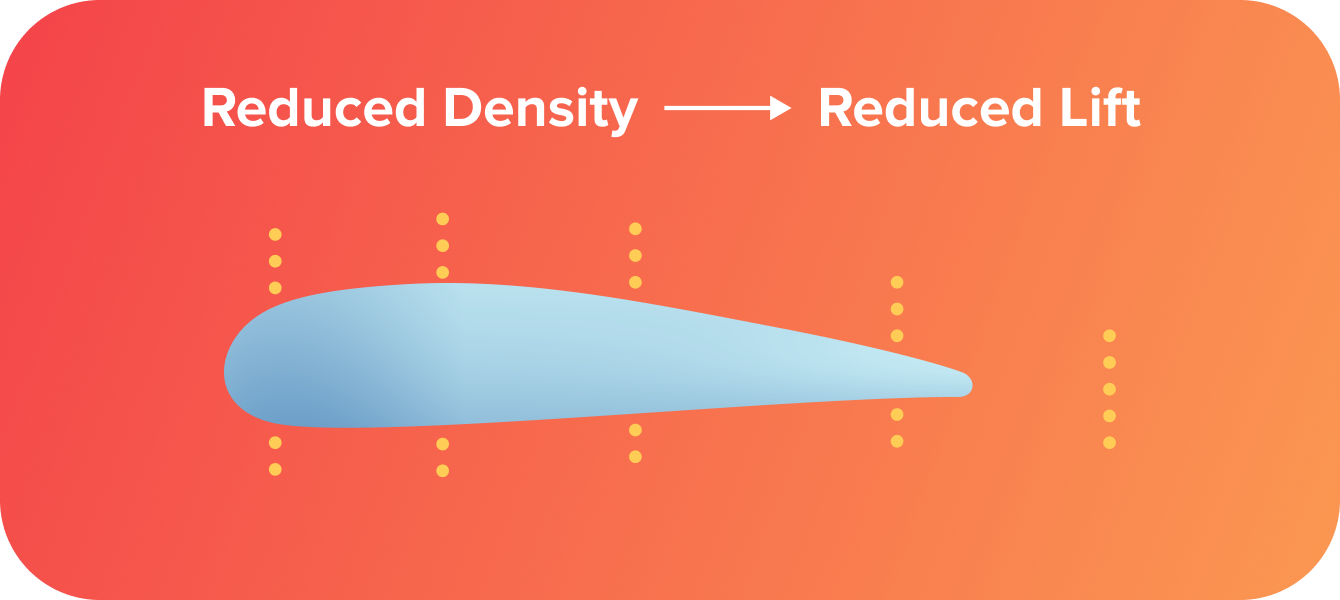
Hot air may feel great on the beach, but it’s not so great for your aircraft. As temperature increases, air density decreases. And less dense air = less performance.
Here’s what that means in practical terms:
Wings generate less lift because fewer air molecules are flowing over them.
Engines produce less power because they take in less air (and more air = more combustion).
Propellers become less efficient, pushing against thinner air.
Everything becomes harder: climbing, taking off, even accelerating down the runway. That’s why pilots factor in density altitude, which is the true “performance altitude” based on temperature and pressure, not just elevation.
Do you know the difference between true altitude and density altitude? Find out the answer and learn about other types of altitude in our blog: Altitude Basics: 5 Types Of Altitude Explained.
6. What’s the Real Purpose of the Rudder?
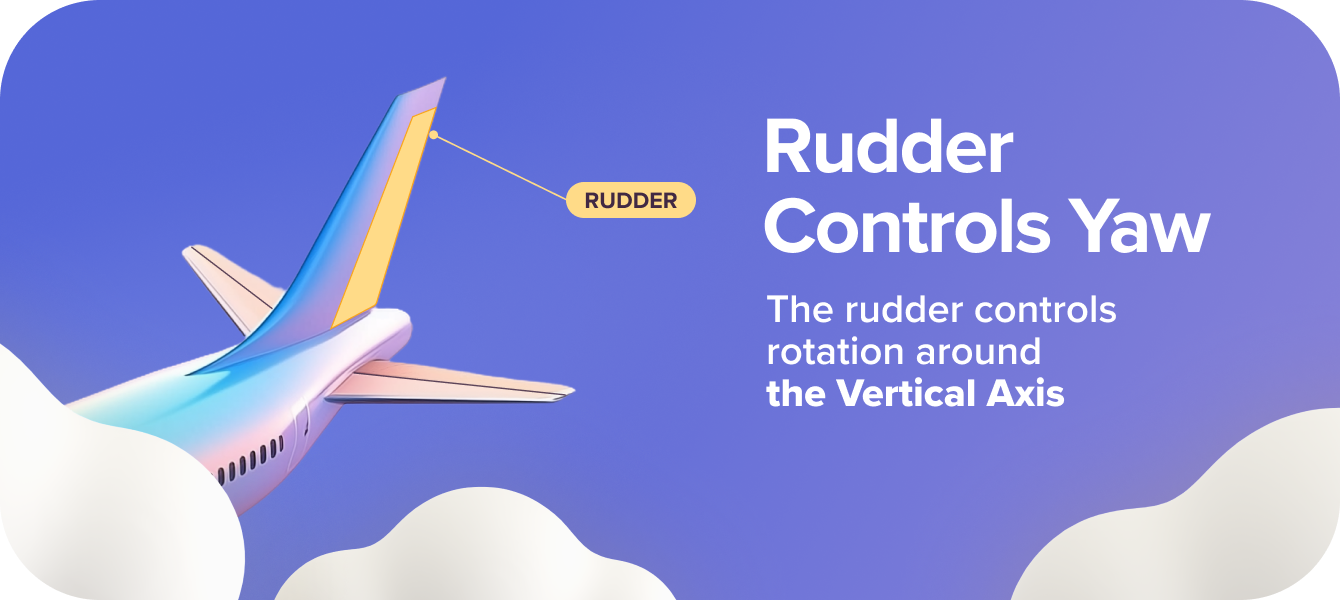
Most people think the rudder is used to “steer” the aeroplane in flight. In reality, the rudder’s primary job is to counteract adverse yaw, not turn the aircraft.
Here’s how it works. When you bank using the ailerons, one wing produces more lift (and drag) than the other. This drag imbalance pulls the nose sideways—that’s adverse yaw. The rudder cancels out this yawing motion and keeps the nose aligned with the turn.
You’ll also use the rudder to correct for:
P-factor (yaw due to propeller angle)
Spiralling slipstream
Engine torque
Whenever you move the ailerons, your feet should be doing something too. “Step on the ball” is more than just a phrase—it’s a way to fly smoother and safer.
7. On what weight and conditions are POH performance charts based?
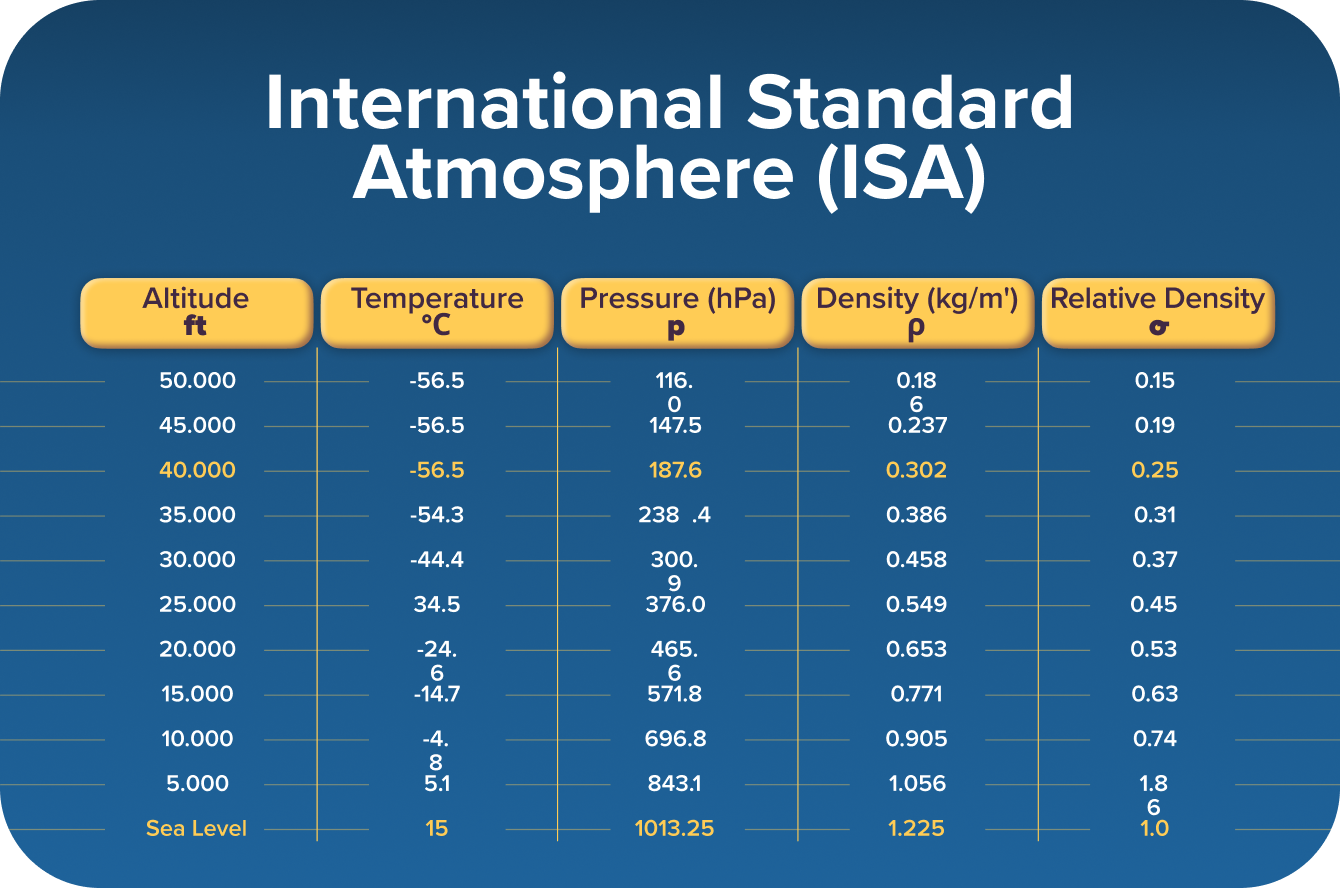
Trick question — it depends. Most aircraft POHs (Pilot Operating Handbooks) base performance charts on standard atmospheric conditions at sea level and maximum gross weight. Standard conditions are defined as:
15°C (59°F)
29.92 inHg (1013.25 hPa)
0 feet elevation
But here’s the catch: not all POHs are the same. Some include charts for different weights or density altitudes. Others might sneak in fine print like “performance shown with two people and half fuel.” Always check the assumptions behind the numbers.
Airhead's Tip: Never assume performance charts are “guarantees.” They’re ideal-case baselines. Your aircraft (and the day you’re flying it) might tell a different story.
Explore the Standard Atmosphere and its critical elements: air pressure, temperature, and density. Learn how these factors influence lift, aircraft performance, and flight safety. Find out more in ATPL Lessons with Chris Keane: Atmosphere Introduction.
8. What’s the Effect of a 10°C Temperature Increase?
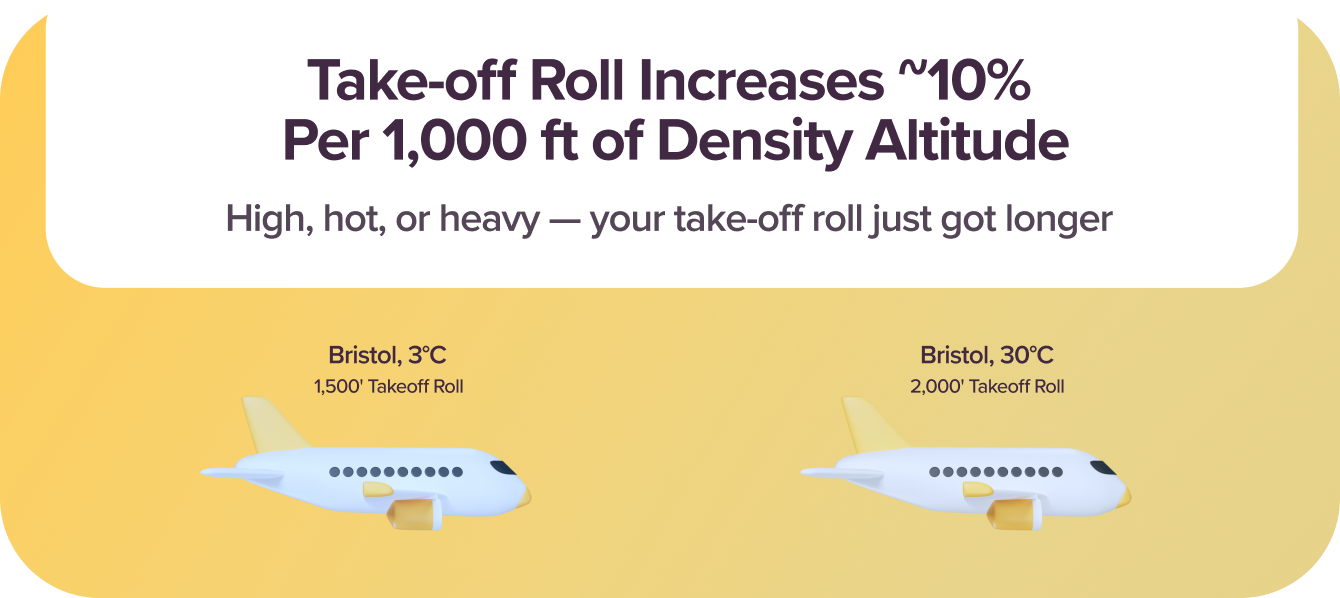
A warm day may look great, but it’ll make your aircraft work harder to leave the ground. For every 10°C increase in temperature, expect your take-off roll to increase by roughly 10%. Why? Because warmer air is less dense, and less dense air means:
Your wings produce less lift.
Your engine delivers less thrust.
Your take-off speed stays the same, but you’ll need more runway to get there.
9. How Does a Sloped Runway Affect Take-off?
A 2% upslope, which means the runway rises 60 feet over a 3,000-foot distance, can increase your take-off distance by 10%.
You’re fighting gravity from the start, and it makes acceleration sluggish. It’s one of those “hidden performance killers” that can sneak up on you if you don’t check the airfield data.
Uphill runways = longer take-off.
Downhill = faster liftoff (with caution).
Airhead's Tip: A downhill slope helps reduce ground roll, but don’t assume it’s free performance, check braking and wind alignment carefully.
10. What’s the Effect of a Tailwind on Take-off?
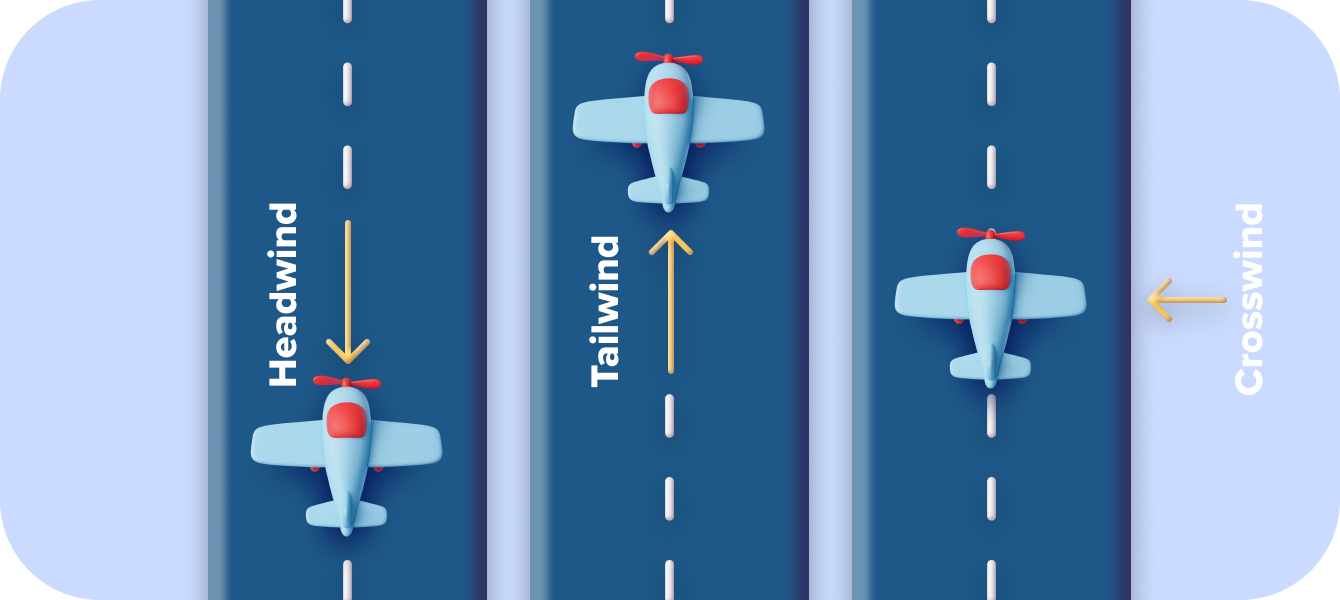
Tailwinds are take-off trouble.
A tailwind of just 10% of your stall speed can increase your groundspeed requirement by 20%, which in turn greatly increases your take-off roll.
For example:
Stall speed = 50 knots
10% of 50 = 5 knots tailwind
That 5-knot tailwind = 20% longer ground run
Most aircraft POHs will prohibit take-off with tailwinds beyond 10 knots. And now you know why.
11. How Much Does Grass (Dry or Wet) Affect Take-off?

Grass isn’t just soft underfoot, it’s hard on take-off performance.
Dry grass adds 20–25% to your take-off roll.
Wet grass adds even more: 25–30%.
Soft surfaces (like soggy soil) add another 25% on top of that.
Combine a soft surface + high temp + tailwind and you're looking at a dangerously long take-off run. Always calculate carefully and plan conservatively.
12. What Does the Skid Ball Actually Indicate?

The slip/skid ball doesn’t lie. This humble little instrument shows side loads on your aircraft, aka, how coordinated your flight is.
Ball in the centre? You’re flying coordinated. Ball to the left or right? You’re skidding or slipping, likely due to improper rudder input.
“Step on the ball” isn’t just advice. It’s how you eliminate adverse yaw and maintain efficient, safe flight. A well-trimmed, coordinated aeroplane flies smoother, stalls more predictably, and makes you look (and feel) like a pro.
This guide will walk you through the six essential flight instruments every pilot must know. We’ll break them down into categories, explain how they work, and show you how to interpret what they’re telling you.
13. What Happens When the Ball Is Off-Centre?
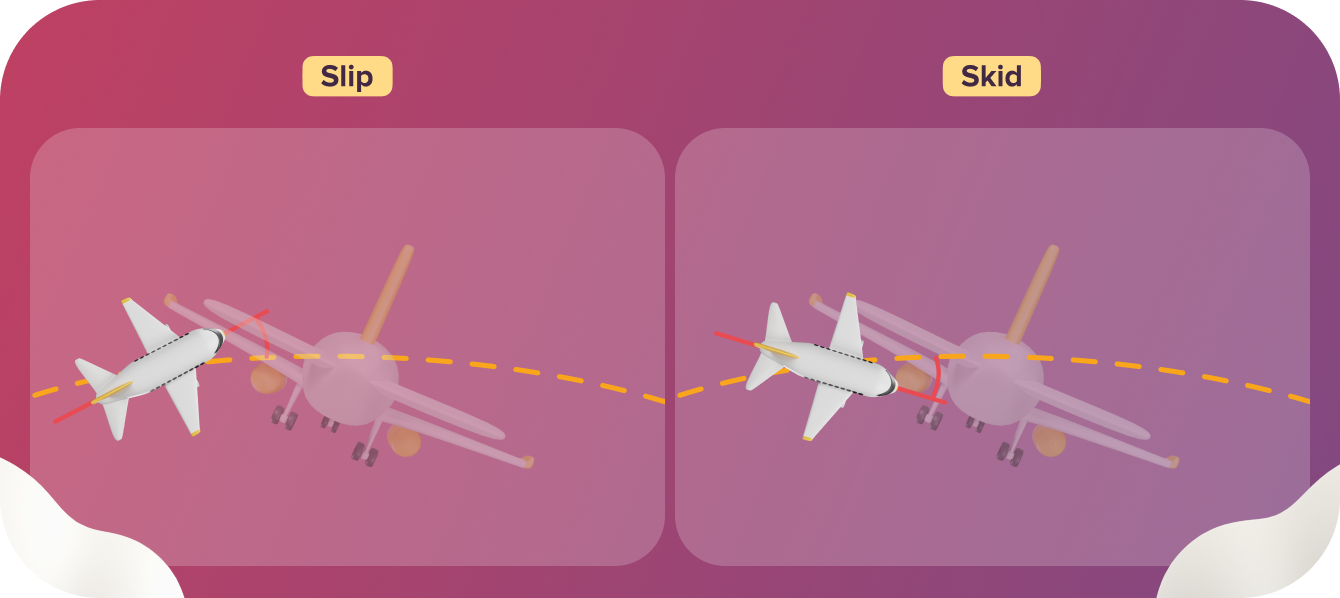
A centred ball means efficiency. Off-centre means you’re wasting energy and performance. When the inclinometer ball isn’t centred, the aircraft is not flying in coordinated flight. It’s essentially slipping or skidding through the air, moving slightly sideways relative to its direction of travel.
This causes:
Increased drag (your plane slows down unnecessarily)
Reduced climb or glide performance
Higher fuel burn (because more power is needed to overcome that drag)
In a glide or turn, this lack of coordination also leads to wider turns and reduced control efficiency. Keep the ball centred for smoother, safer, and more fuel-efficient flying.
14. When Do Flaps Start Producing More Drag Than Lift?

Flaps = lift… until they don’t. Most general aviation aircraft flaps (like the Fowler on a Cessna or plain hinged on a Piper) follow a general rule:
First 10–15° of flap extension = mostly lift
Beyond 15° = rapidly increasing drag with only a modest gain in lift
Final 15° (especially full flaps) = mostly drag
Fowler flaps are a bit more efficient, as they extend rearward to increase wing area while deploying, and are often slotted, allowing airflow to re-energise the boundary layer and delay flow separation.
Why does this matter? Understanding when your flaps go from “helpful” to “draggy” lets you use them strategically during approach, especially on short fields or steeper descents.
Consistently achieve smooth landings and master flap adjustments with our in-depth guide, Flaps, Lift & Drag: The Secret to Smooth Landings.
15. Can You Slip an Aircraft with Flaps Down?
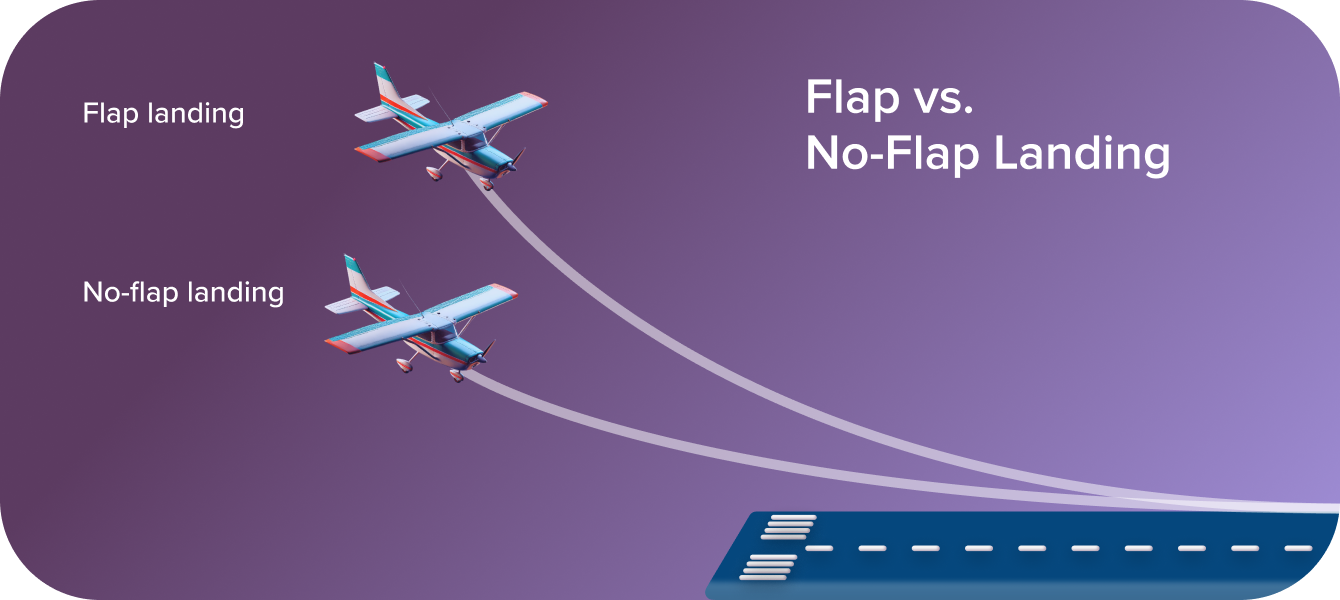
The answer is: it depends. And you should always check the POH. Some aircraft, especially certain Cessna models, mention that full-flap slips are “not recommended.” That’s not the same as prohibited, but it’s a caution flag.
Here’s what might happen:
At high flap settings and aggressive slip angles, elevator authority may be reduced You may experience some pitch oscillation (mild nose-up/down porpoising)
It’s not usually dangerous, but overcorrecting or over-controlling can make it feel uncomfortable
Slight slips with moderate flap settings are generally fine. Just read the POH carefully and avoid relying on myths. Not every aircraft will dive nose-first in a full-flap slip—but some may behave unpredictably.
Quick-Fire Summary
To help you solidify your understanding, we've prepared a concise, checklist-style section. It's packed with 15 crucial questions and answers every pilot should know, making it ideal for quick review.
Aft CG = Less stability, more speed. Forward CG = More stability, less manoeuvrability.
Static port blocked? ASI, VSI & altimeter fail—break VSI glass (if no alternate source).
Wingtip lights? Left = Red, Right = Green, Tail = White. Red on right? It's coming at you.
More weight = Longer takeoff. +10% weight = +20% takeoff distance.
High temp = Low performance. Hot air = less dense = weaker lift, engine, prop efficiency.
Rudder = Coordination. Not just turning—mainly to counter adverse yaw and slip/skid.
POH performance data = Based on standard conditions. Always check chart footnotes!
+10°C = +10% takeoff roll. Simple rule, critical on hot days.
Uphill runway? 2% slope = +10% takeoff distance.
Tailwind? 10% of stall speed = +20% more ground roll.
Grass runway? Dry = +20–25%; Wet = +25–30%; Soft = even more.
Skid ball off-centre? You're flying sideways = more drag, less efficiency.
Ball inside a turn = slipping. Outside = skidding. Keep it centred!
Flaps? First 15° = mostly lift. Beyond that = mostly drag.
Slip with flaps? Maybe. Check POH. Some allow it, others say “not recommended.”






